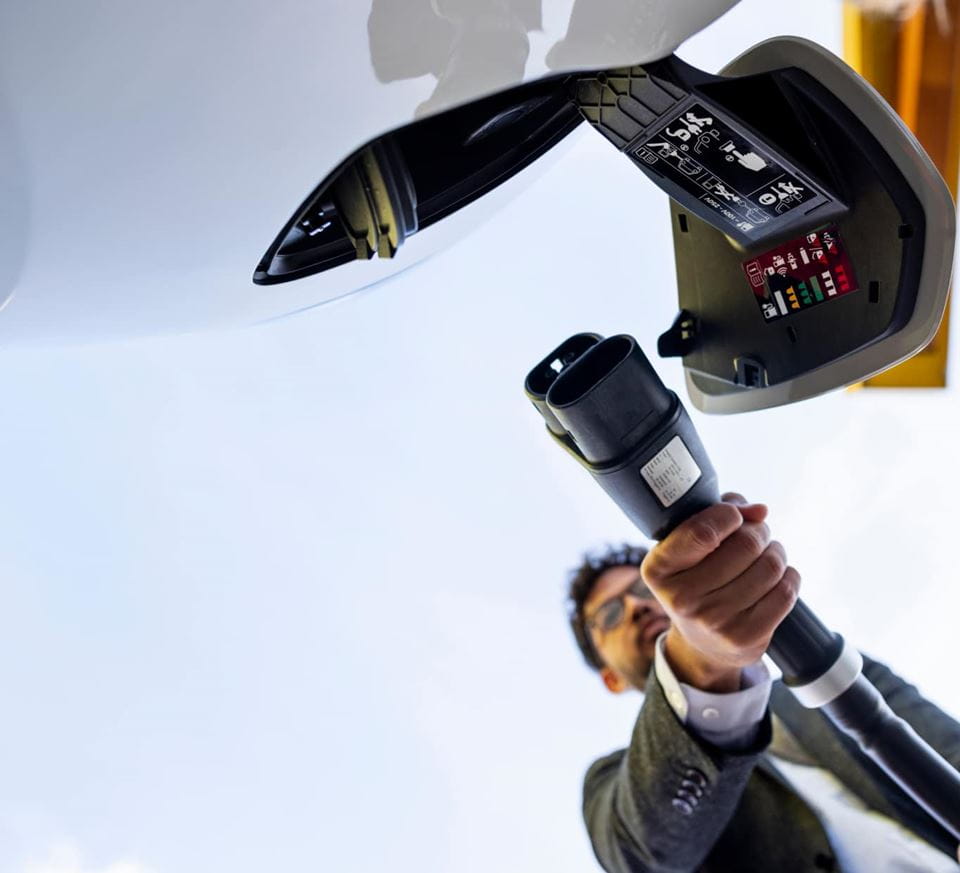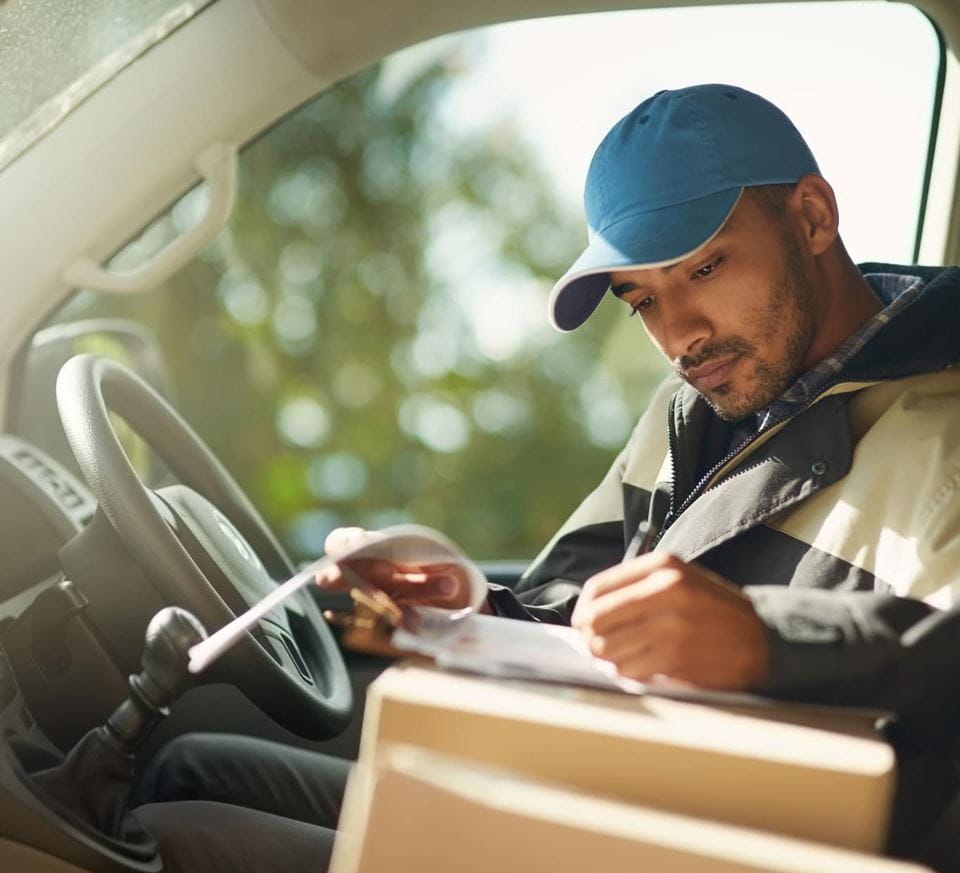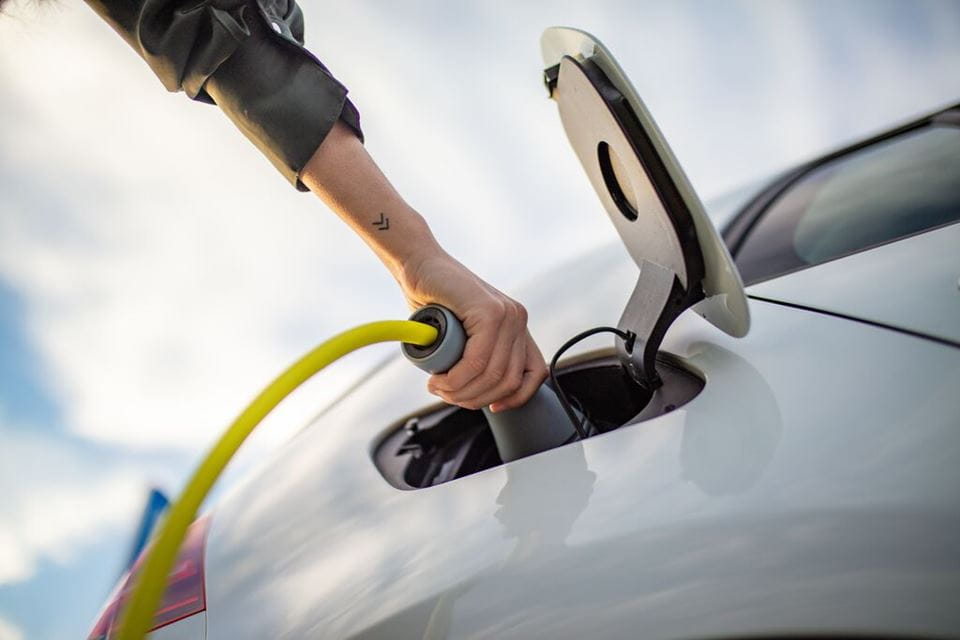
Electrify your fleet
Why should you electrify your fleet? It’s simple: internal combustion engine (ICE) vehicles account for a significant quantity of global greenhouse gas (GHG) emissions. There’s an urgent need to reduce emissions to prevent the worst effects of climate change, and with 50% of vehicles on the roads today registered to corporate organisations, businesses have a key part to play.
But electrification is not only an opportunity to lower your business’s environmental footprint (and keep your customers, partners and investors happy). It’s also a way to improve cost efficiency thanks to a reduced total cost of ownership (TCO; see below) and to give employees a better and more high-tech driving experience.
At the same time, many companies are recognising not just the benefits of making the switch, but also the necessity of doing so. With greater regulatory pressure from governments and other authorities and higher sustainability requirements in commercial tenders, going electric is a vital condition for securing business continuity.
For Ayvens, the question is not why go electric, but when. And the answer is now.

We can actively support your transition to an electric fleet with a 5 step approach:
- Diagnose
In the first phase of fleet electrification, Ayvens Consultants help clients benchmark against peers, assess country and employee readiness, establish CO2 and TCO baselines, and define achievable targets. These steps are crucial for a successful transition to an electric fleet, tailored to our clients' specific goals.
- Model TCO & CO2 scenarios
Working with you we will create TCO and CO2 models and scenarios tailored to your fleet strategy.
- Select the best mobility solutions
Optimising fleet costs, selecting the right vehicles and OEM partners, exploring multimodal mobility options, and tailoring charging solutions to both your commercial and passenger fleets are all crucial at this stage.
- Engage your stakeholders and employees
Working with you, we will help engage your stakeholders and employees to strengthen your business case by providing materials for employee training and internal meetings
- Implement, monitor and optimise
Updating mobility policies, introducing reporting capabilities to track TCO and CO2 evolution, measing employee satisfaction and more are all included in the final stage of the transition plan.

- The route
Can your employees easily drive between home and work? Or do some people need to cover longer distances on their commute, or to reach clients?
- Charging options
Is home charging possible for your employees? Or will they rely on public charging stations or office charging points?
- The models
Do some of your employees need more from their vehicle when using it outside work (like a large boot or space for all the kids)?
Should my company fleet go electric?
When it comes to the big decision, there are three major factors to consider:

Expertise on transitioning to electric commercial fleets
Commercial vehicle fleets made up of LCVs have different electrification requirements than passenger vehicle fleets – but at Ayvens, we don’t believe the process needs to be more complicated. We always take care to understand the specific needs of your company, ensuring a smooth transition to eLCVs for your commercial fleet.
An international perspective on electrification
The experts from Ayvens' International Consultancy Services have been helping international clients embrace EV for many years. Our consultants work with you from the first spark of an idea all the way through to vehicle delivery and beyond.
Our first step is to scan your fleet set up, goals and discover the opportunities for your international fleet in line with your business sustainability targets. We also help you conduct a price comparison, to see what kind of financial benefits you could gain. But it doesn’t stop there: our team supports you in updating your fleet policy and planning how, together, we can put your EV transition into practice – all around the world.
